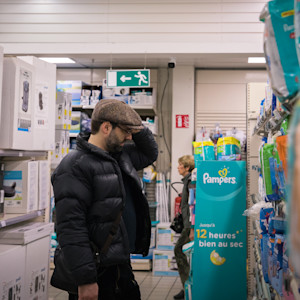More than two years ago, Apple asked app developers to seriously consider app localization as a way to increase an app’s global reach. More and more, handset makers want to offer apps that are locally relevant.
It has never been a better time to discuss the best practices for localizing apps, especially when, at Smartling, we see the business benefits of in-language apps daily.
What to Do When Localizing Apps?
1. Begin at the beginning. At the time of building the app, separate translatable content from what should be left intact in the source language. This saves you from recoding the entire app when you’re ready to translate. Each of the major mobile operating systems or platforms has its own localization (L10n) standards, so keep this in mind, too. Also, remember that with change in the language, screen formatting may change, too.
2. Don’t translate in the dark. Context is very important for translation, and especially so for app translation. A word may carry different meanings, depending on where it appears on the app: whether in the text, menu, label, etc. Take for instance, the word, “filter”. The translation may be completely different depending on whether it is used as a noun or a verb.
Also, depending on how much space is available, translators will know which word to use in a particular circumstance. For instance, a particular word may be too big to fit on a menu or label; so, if a translator can translate in-context, he’ll easily be able to use an equivalent, which fits in nicely.
Needless to say, translators love in-context translation, but everyone wins with this feature, because it contributes to quality, speed, and, eventually cost savings.
3. Automate translation management. Irrespective of whether you choose human translation, crowdsourcing, or machine translation, make sure you opt for a translation management platform that will handle all translation files natively.
This platform should:
- Display each string (translation unit) along with any comments or instructions.
- Allow the translator to translate in-context.
- Allow you to customize translation workflows according to your content and business requirements.
- Give everyone involved in a translation project the ability to collaborate and interact with each other.
- Provide translation memory, which contributes to speed, quality, and decreased cost.
- Provide glossary service to ensure translation consistency.
By following these best practices, you will be able to localize apps faster, with minimal hassle. This will, in turn, increase the discoverability of your app in app stores, and result in more downloads and purchases.








